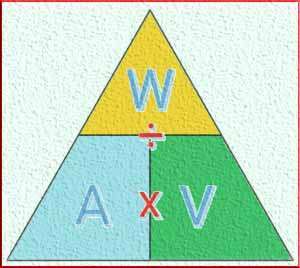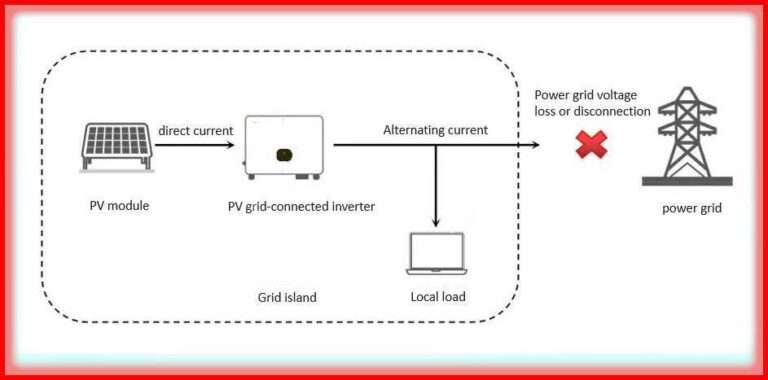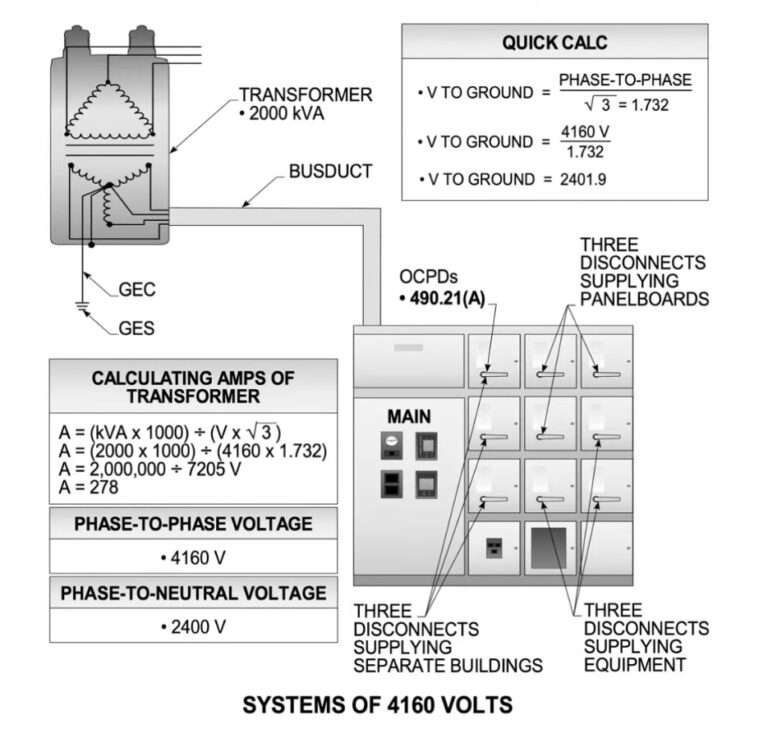What Is an IEC Standard? A Complete Guide for Electrical Engineers
As an electrical engineer, you work in a field that demands accuracy, consistency, and safety. One of the most important tools that help achieve these goals is the IEC Standard. Whether you’re designing a motor control center, performing DGA testing, or installing an underground cable system, IEC Standards are your reference point.

Understanding what the IEC Standard means and how it applies to different areas of electrical engineering is vital. This article explains everything you need to know.
What Is an IEC Standard?
The IEC Standard refers to a set of international rules and guidelines created by the International Electrotechnical Commission (IEC). These standards are designed to ensure safety, performance, and interoperability of electrical and electronic systems.
IEC was founded in 1906 and has since developed thousands of standards. These cover everything from household appliances to industrial equipment like transformers, inverters, and frequency drives.
IEC Standards are widely accepted across the globe, making them essential for engineers working in international markets.
Why IEC Standard Matters in Electrical Engineering
Using IEC Standard documents helps engineers:
- Maintain safety and quality
- Meet regulatory compliance
- Ensure system compatibility
- Improve efficiency and reliability
For example, when you select cables for a solar system or a frequency drive, following the IEC standard for underground cable laying ensures the system performs reliably under real-world conditions.
Types of IEC Standard Categories
The IEC produces standards in many categories. Here are a few:
| IEC Standard Area | Description |
|---|---|
| Power generation and distribution | Covers everything from transformers to switchgear |
| Cables and wiring | Defines insulation, current capacity, and installation requirements |
| Control systems | Includes PLCs, relays, and frequency drives |
| Measurement and testing | For example, IEC standard for relay testing |
| Safety and EMC | Defines protection against electric shock and electromagnetic interference |
Each category consists of multiple documents tailored for specific applications. For instance, the cable bending radius IEC standard defines how much you can bend a cable without damaging its insulation or conductor.
How IEC Standard Is Structured
An IEC Standard follows a well-organized format. This makes it easy for engineers to find relevant sections quickly.
Each standard usually includes:
- Scope – Explains what the standard covers
- Normative references – Lists other documents required to understand the standard
- Terms and definitions – Clarifies technical vocabulary
- Technical content – Main part of the standard with specifications, tables, and diagrams
For example, IEC 60228 deals with conductors of insulated cables. It defines conductor classes, resistance values, and test methods.
Key IEC Standards Electrical Engineers Should Know
Here are some frequently used IEC standards that every engineer should be familiar with:
| IEC Standard | Description |
|---|---|
| IEC 60076 | Power transformers |
| IEC 60502 | Power cables for rated voltages up to 30 kV |
| IEC 60255 | Electrical relays, including IEC standard for relay testing |
| IEC 60947 | Low-voltage switchgear and controlgear |
| IEC 60034 | Rotating electrical machines like motors used with frequency drives |
When working on underground installations, refer to IEC standard for underground cable laying to ensure long-term reliability and compliance with utility regulations.
How IEC Standard Applies to Frequency Drives
Frequency drives, or variable frequency drives (VFDs), are critical for energy-efficient motor control. IEC provides several standards covering their design and integration.
For example:
- IEC 61800 series covers adjustable speed electrical power drive systems.
- It specifies EMC limits, safety functions, and environmental conditions.
- Ensures that a VFD won’t emit excessive EMI that interferes with other devices.
When selecting cables for VFDs, the cable bending radius IEC standard becomes essential. It helps avoid premature failure during cable routing.
How to Access and Use IEC Standards
You can access IEC Standards through national standard bodies like:
- BSI (UK)
- ANSI (USA)
- BIS (India)
- Online portals like the IEC Webstore
Most IEC Standards are not free. However, they are worth the investment because they help you design safe, reliable systems. Whether you are testing protection relays or running DGA testing on transformers, using the right standard ensures consistency.
Once you have the document, make sure to:
- Read the scope carefully
- Check if there are mandatory clauses
- Refer to the figures and tables to understand installation limits
- Use it as a guide during planning, execution, and testing phases
Common Misconceptions About IEC Standards
Some engineers believe IEC Standards are only for large projects or multinationals. That’s not true. Even small-scale installations benefit from them. For example:
- Laying underground cable for a solar tubewell? Use IEC standard for underground cable laying.
- Commissioning a transformer? Perform DGA testing as per IEC guidelines.
- Designing a panel with relays? Refer to the IEC standard for relay testing.
Another myth is that all standards are rigid. While some aspects are mandatory, others allow flexibility. This is where engineering judgment comes in.
Challenges in Implementing IEC Standards
Despite their benefits, following IEC Standard documentation can be challenging. Common issues include:
- High cost of purchasing documents
- Technical complexity
- Misalignment with local codes
However, most national codes are based on or harmonized with IEC. For example, many frequency drive installation guides refer to IEC 61800 standards directly or indirectly.
The key is to stay updated and refer to the latest editions.
Benefits of Following IEC Standards in Cable and Relay Projects
Whether you’re working on frequency drives, transformers, or relay panels, the benefits of using IEC Standards are clear:
- Increased safety – Reduces the risk of fire, shock, or equipment failure
- Better compatibility – Ensures your devices work with equipment from other manufacturers
- Faster troubleshooting – Consistent layout and test methods speed up diagnostics
- Lower cost in the long run – Avoids rework and regulatory penalties
For example, by following the IEC standard for relay testing, you can validate relay timing, current pickup, and contact behavior accurately.
Real-World Example: Applying IEC Standard in a Solar Installation
Let’s say you are setting up a 25 HP solar pump system.
- Cable selection – Use IEC 60502 to select the right cable type and size.
- Cable bending radius – Refer to cable bending radius IEC standard to avoid mechanical stress.
- Relay protection – Choose relays tested as per IEC standard for relay testing.
- Transformer health – Do DGA testing in compliance with IEC 60599.
All these steps ensure that the system performs safely and reliably for years.
Conclusion: IEC Standard Is the Engineer’s Best Tool
Understanding and using the IEC Standard is not just about compliance. It’s about engineering with confidence. Whether you’re working with frequency drives, laying underground cables, or performing DGA testing, these standards provide the foundation for every successful project.
Follow Us on Social:
Subscribe our Newsletter on Electrical Insights to get the latest updates in Electrical Engineering.
#IECStandard, #ElectricalStandards, #InternationalElectrotechnicalCommission, #IECCompliance, #GlobalStandards, #SafetyStandards, #IEC60038, #IEC60529, #IECStandardsExplained, #TechnicalStandards, #ElectricalEngineering, #IECCode, #IECTesting, #Standardization, #EngineeringRegulations





